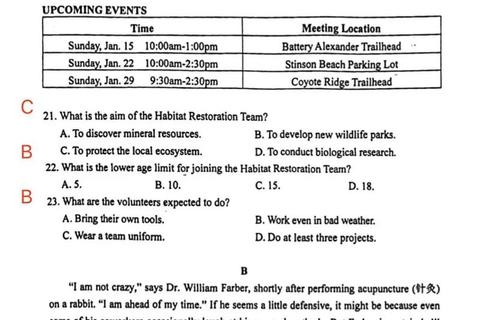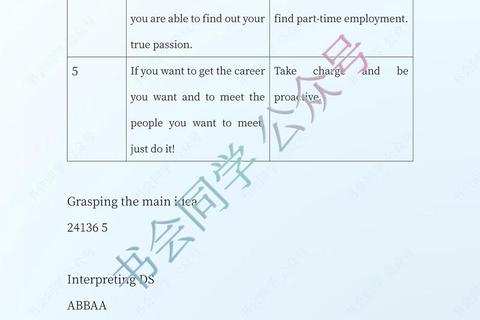Understanding the English I Exam: A Strategic Approach to High-Frequency Topics and Answering Techniques
The English I examination, a critical milestone for many learners, demands not only linguistic proficiency but also a strategic grasp of recurring themes and tested skills. To excel, candidates must move beyond surface-level preparation and delve into systematic analysis of past papers, identification of high-frequency test points, and mastery of targeted answering methodologies. This article provides a comprehensive framework to decode the exam’s patterns, optimize preparation efficiency, and enhance performance through actionable insights.
1. The Significance of Analyzing High-Frequency Test Points

A thorough review of past exam papers reveals consistent patterns in question types, vocabulary usage, and grammatical structures. For instance, lexical items such as ambiguity, paradox, and cohesion frequently appear in reading comprehension passages, while complex sentence structures like inversion or subjunctive moods dominate error-correction sections. By categorizing these recurring elements, candidates can prioritize study areas, allocate time effectively, and reduce the cognitive load during revision.
Educational research underscores the value of spaced repetition and active recall in retaining high-frequency content. Tools like frequency lists for vocabulary or grammar rules, derived from past papers, enable learners to focus on material most likely to reappear. For example, analyzing ten years of essays might show that argumentative writing themes related to technology or education appear cyclically, allowing candidates to pre-draft adaptable templates.
2. Deconstructing Key Question Types and Scoring Logic

The English I exam typically assesses reading comprehension, translation, and writing—each with distinct evaluation criteria.
3. Answering Techniques: Bridging Knowledge and Application
The gap between theoretical knowledge and exam performance often lies in execution. Consider these tactical adjustments:
4. Strategic Preparation: From Theory to Practice
Effective preparation integrates targeted study plans and iterative feedback.
5. Conclusion: Synthesizing Insights for Success
Mastering the English I exam requires a dual focus: meticulous analysis of recurring test points and disciplined application of answering strategies. By identifying high-frequency content, deconstructing question types, and refining time management, candidates transform preparation from a passive activity into an active, results-driven process. Ultimately, success hinges not merely on linguistic competence but on the ability to strategically navigate the exam’s design—an approach that turns challenges into opportunities for achievement.
This structured yet adaptable framework empowers learners to approach the exam with confidence, ensuring their efforts align closely with the test’s demands. With consistent practice and critical self-assessment, even daunting sections become manageable, paving the way for optimal performance.


